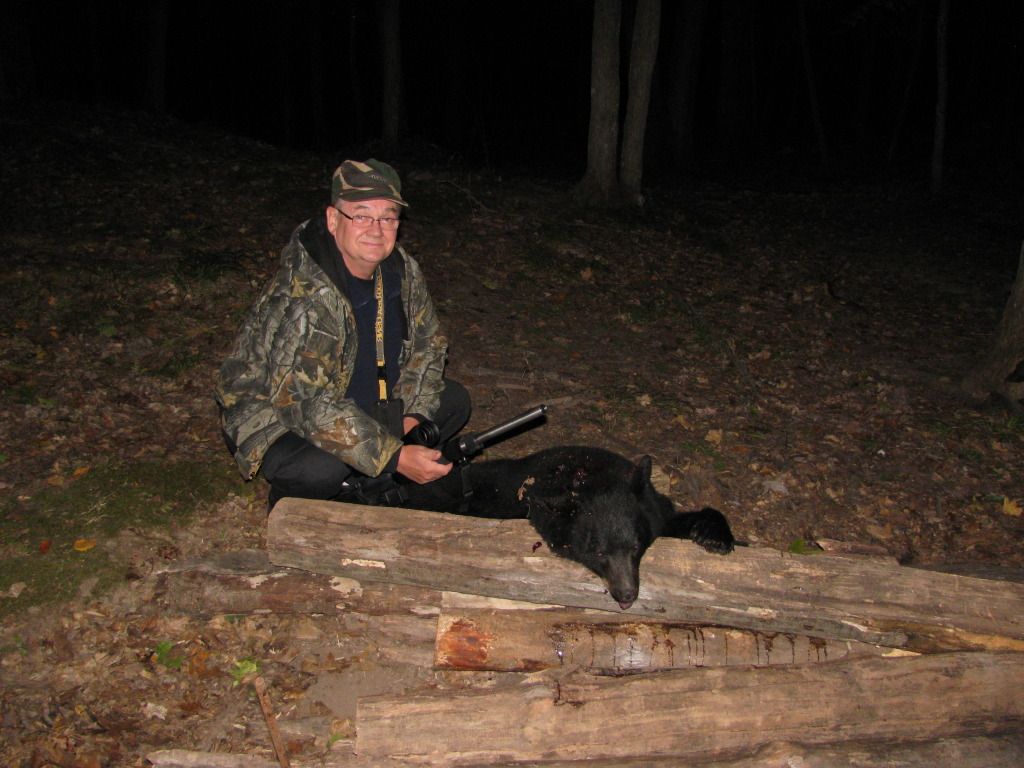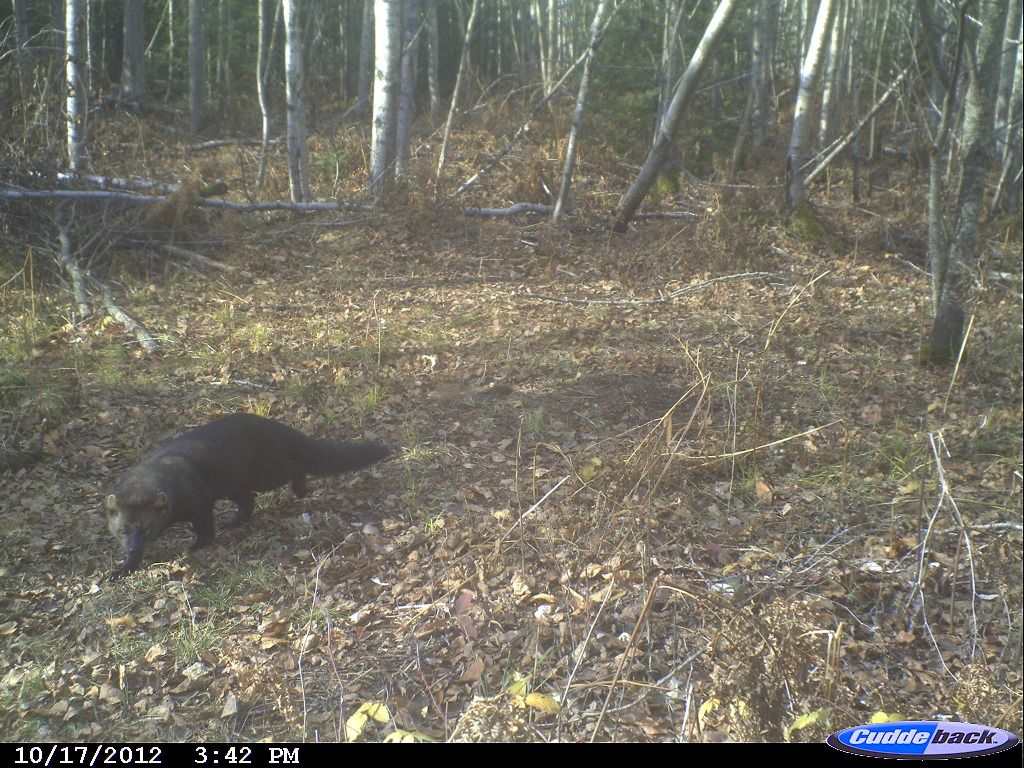Thanks guys. It's been a work-in-progress as well as a learning process. As I mentioned earlier, I don't take a lot of coyotes, simply because we don't have a lot of them. I have taken three since March. But, it's a lot of enjoyment just staying down there. Getting a coyote is icing on the cake.
I have just recently put the finishing touches to it - underpinned it to keep the cold air out from underneath the floor. The only thing left to do is maybe extend the porch a bit and put a small roof over it.
I stay at the cabin (hobo shack as I sometimes call it), generally at least one night each week, and sometimes more. I definitely stay once a coyote hits the bait. Last week the temps got down into the 30's, but the propane heater dialed down low knocked the chill off the room, and the sleeping bag was very warm and comfortable, not to mention lying on a 2" thick memory foam mattress. The building is well insulated and small, so the 10,000 BTU heater really heats it up in a hurry.
I'm looking forward to winter and being there when the snow comes down. Maybe the coyotes will come around more often once food becomes more scarce.
The Driveway Patrol sensor works great. When it goes off at night, you can bet the farm that something is on the bait. I use an ear bud connected to the receiver while I sleep.
Speaking of sensor, I recently purchased another Driveway Patrol to use in conjunction with the original one, to cover a broader area so that nothing can escape without me being notified. The good news is that the new transmitter works on the same frequency as the old one, so now both transmitters will send a signal to the receiver back in the cabin.
Here are some photos I took this morning.
Back side of cabin
Notice the cut grass and the strip of tall grass to the front of the cabin. That is my bait
site area, uphill just a bit from the small tree.
























